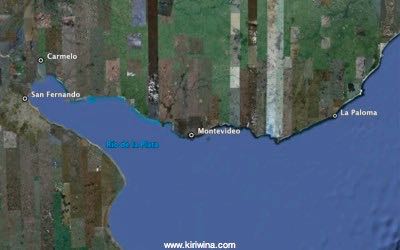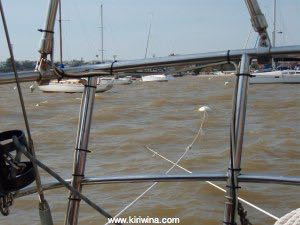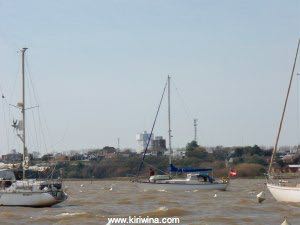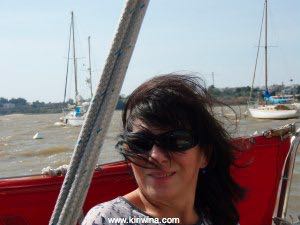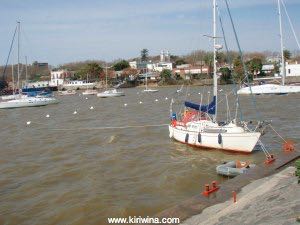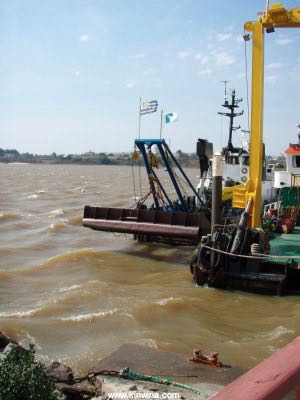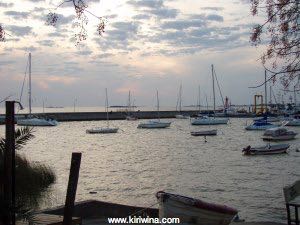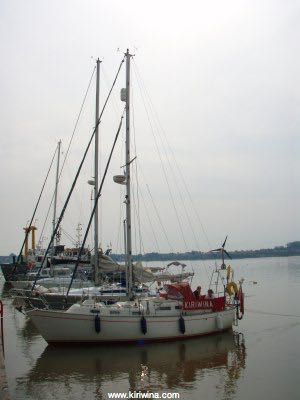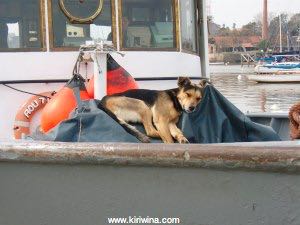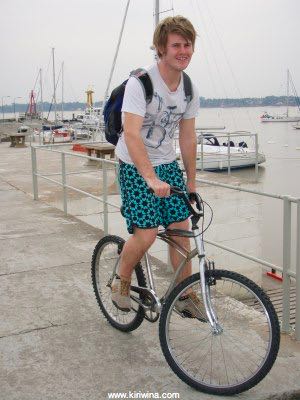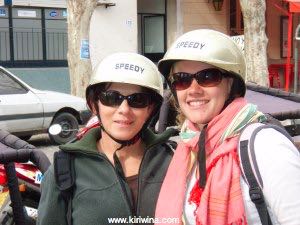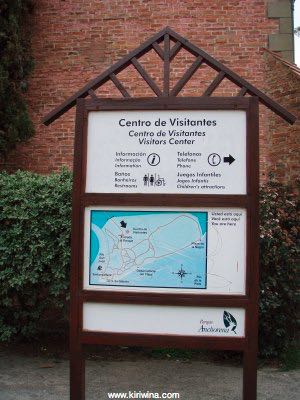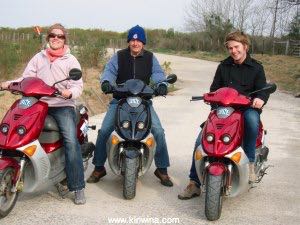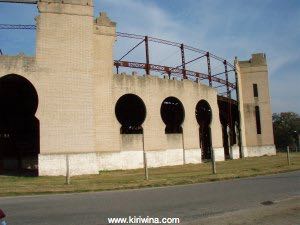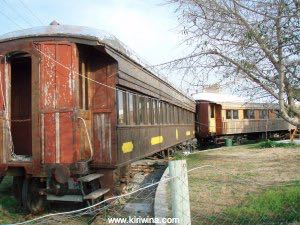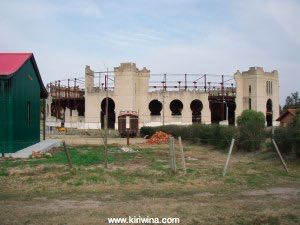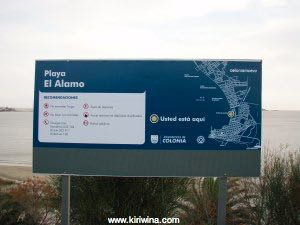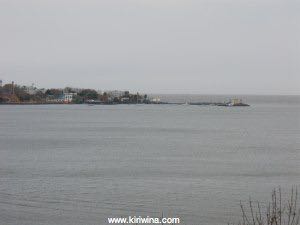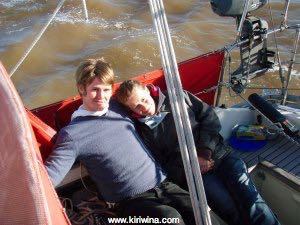Tigre to Carmelo
They operate high speed catamarans and our route took us via Rio Lujan, Canal Vinculacion, Rio Urión, Rio Parana, Canal del Barca Grade, between Islas Lucia and Oyavide into the upper Rio de La Plata and on to Carmelo. Return Cost Arg$157 (£26.50) return.
Moorings along the bank of Arroyo de las Vacas in Carmelo. In another month or so these moorings will be packed with Argentine boats.
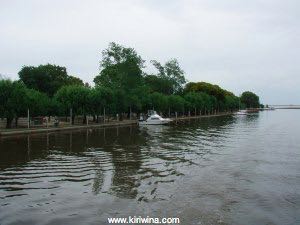
More empty moorings and the Hydrografica office.
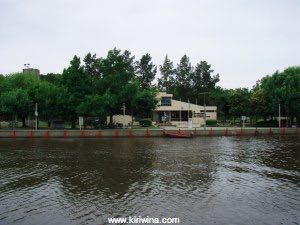
Mooring is normally bow anchor down and stern to quay.
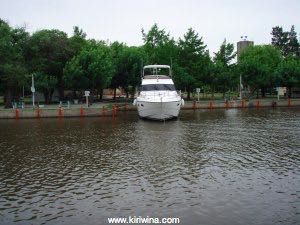
Bridge deck on our Cacciola catamaran.
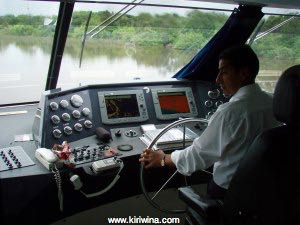
Nancy on Avenida Wilson Ferreira near the ferry terminal.
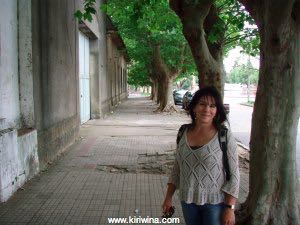
Pedestrian route along Arroyo de las Vacas.
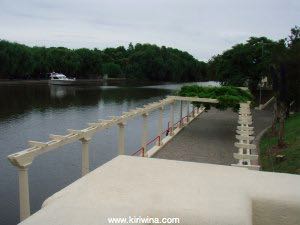
Interesting houses along the road to Playa Seré on the south side of Arroyo de las Vacas.
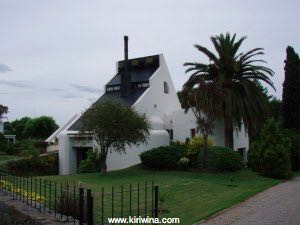
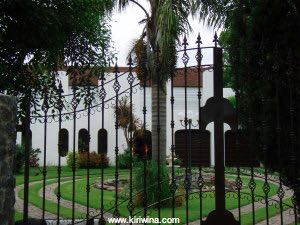
The skipper near Reserva de Fauna (didn't see any) on the road to Playa Seré.
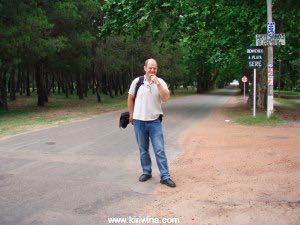
Playa Seré
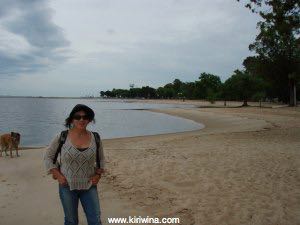
Entance to Carmelo harbour from Rio de la Plata.
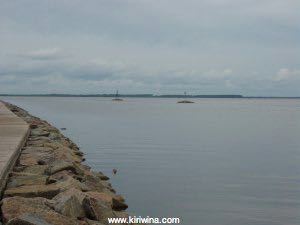
Welcome to Carmelo.
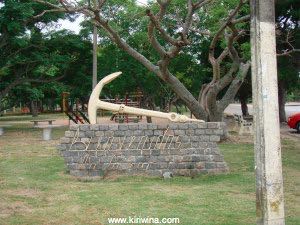
Lunchtime refreshment. This is not locally controlled company. It is owned by the mega conglomerate ABInbev.
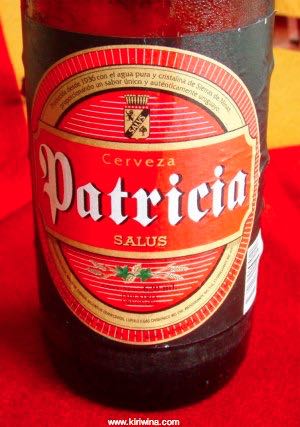
Playa Seré with Rio de la Plata beyond.
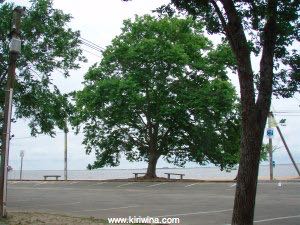
Hidrografia facilities adjacent to the yacht moorings.
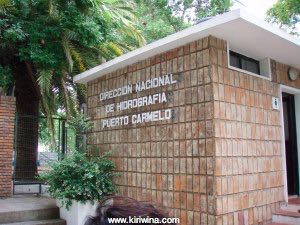
The first rotating bridge in Uruguay. Built in Germany and erected here in 1912.

We didn't see it open but this photo shows the bridge open to allow river traffic.
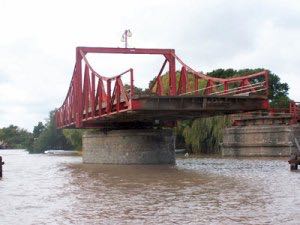
An old steam crane built by Grafton and Co of Bedford.
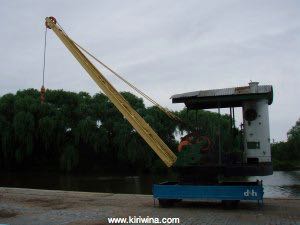
While looking around for some information about this company I found an interesting article on NZR Cranes.org. It is worth quoting.
Grafton & Co (Bedford)
Alexander Grafton (1845-1807) was articled in Paris before joining Appleby Bros. in 1867. He remained with the firm until 1879 during which time he spent 4 years in Egypt in charge of their work with the Sudan Railway and other contracts, and rising to assistant manager. He then spent more time in Paris before returning to London to set up his own firm, which was known from 1883 as Grafton &Co.
The company supplied a wide range of iron work including building framing, gasworks materials and locomotive spare parts, as well as contractors cranes, both hand and steam. Initially these were purchased in batches from Jessops of Leicester (later Jessop & Appleby Bros.) and resold either as standard or with customer specified extras. After Grafton entered partnership with C.Q.Henriques (a Frenchman) the company became an independent producer. The Vulcan Works were developed at a large site at Bedford with a LNWR connection in 1886.
Grafton had been granted a patent in 1882 for a loose race slewing gear with a conical seat. Patterning a new design on the Leicester produced 'Tilbury' crane included derricking and travelling functions (although these were later added by Jessops), and incorporating the patent slewing gear, this became the basis for what was known as the 'London' type crane. The crane had a short centre pin and horizontal engines, allowing a low centre of gravity. Brownlie notes that Grafton had the design perfected almost immediately and only minor details were added over time. The importance of this becomes clear when it is realised that manufacture continued into the 1960's.
The other important facet of the Grafton & Co. manufacturing was the use of standard sizing. At a time when many cranes were produced on a one off basis, Grafton produced five standard sizes in the 2 to 10 ton range. Castings were standardised and gearings were at standard centres, meaning only a few mechanical parts needed to be adjusted to suit customer requirements. Crane carriages were produced in a range of widths to meet gauge requirements. Any special contracts required little revision of drawing work and some extra machining. The foundry work was alsosystematic, with castings produced in batches and marked for model and size (very useful when spares were ordered). Because the company concentrated on sizes that were in demand it was able to keep one or two standard cranes in preparation allowing a fast response to customers. The company had also rigorously tested its cranes, noting engine and hoisting speeds for a variety of loads, derricking times and other useful details for customers, down to coal consumption.
Grafton cranes were put to a variety of uses. As well as industrial, many were used for docks and wharves, and there were also railway customers. The latter were primarily for permanent way work. As well as UK railways export markets included Scandinavia and Argentina. One crane is known to have come to New Zealand, being imported by the New Zealand Midland Railway.
After Alexander Grafton's death in 1907, control of the company passed to his nephews. Although some development work continued (using new materials such as phospher-bronze and steel changing from chain to wire rope, and converting to new power units) business began to reduce in the post WWII period as railway and shipping demands changed. The company had little business after 1960, and follwing the death of one of the nephews in 1963 dissent amongst the family saw the Vulcan Works close. The assets and goodwill of the company was transferred to Taylor & Hubbard who maintained a parts service for Grafton cranes. The UK's Historical Manuscripts Commission holds records for Taylor & Hubbard up to 1981, but I do not know what has become of the company since.
Other examples of Grafton products in South America can be found here.
Uruguayan flag on an our Cacciola ferry.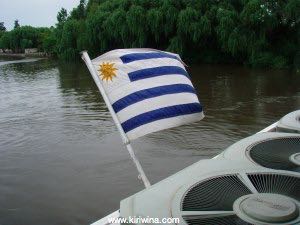
Returning via Canal Vinculacion work was in progress on a very large new housing/mooring development. 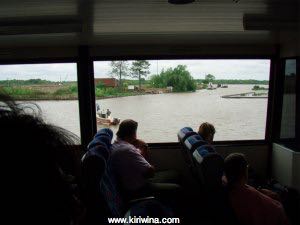
Along the Rio Lujan old ships are not scrapped. They are run into the bank and allowed to rust away (slowly).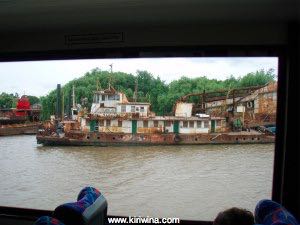 .
.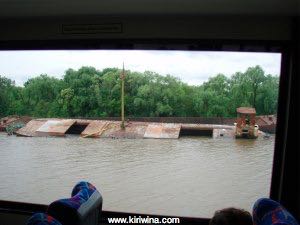
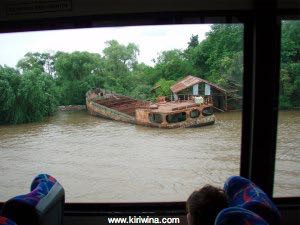
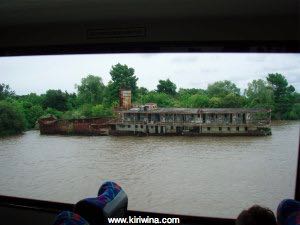
Prefectura Z28 Class WPB Patrol Boat "Madryn" based in Tigre. Built by Blohm & Voss 20 of these boats entered service in Argentina between 1979 and 1980.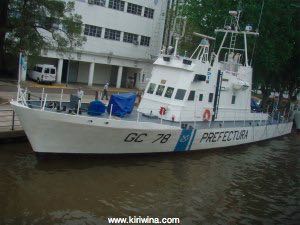
A Tigre built Cacciola catamaran ferry of the type we were travelling on.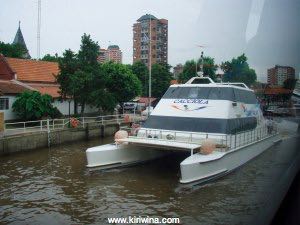
The international ferry terminal at Tigre.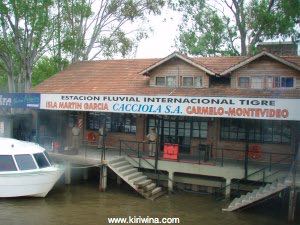
With very, very careful attention to water levels it would be possible for Kiriwina to do this trip.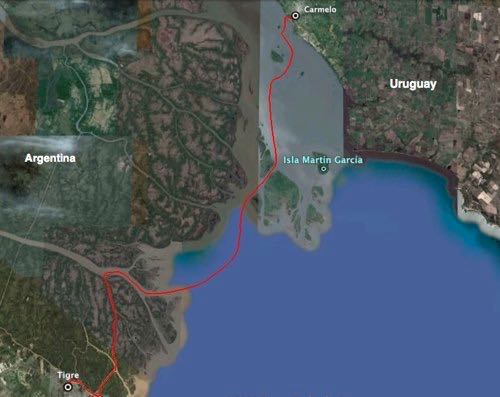
Return from Colonia
Things settled down and with the 2 reefs in the main and preventers rigged we set off for San Fernando with the wind more or less astern.
Looking forward with about 20 knots of wind astern. With short steep seas we rolled a bit but the Aries steered without problems.
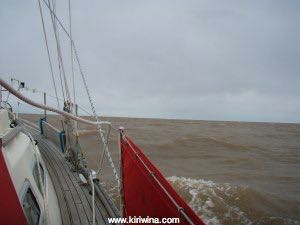
Jordan preparing lunch.
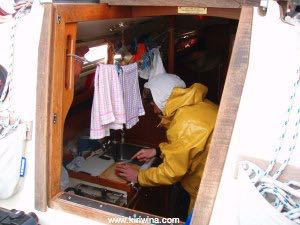
Towards half way we were experiencing regular gusts over 30 knots. With the wind almost dead astern three reefs rather than two would have been better in the gusts.
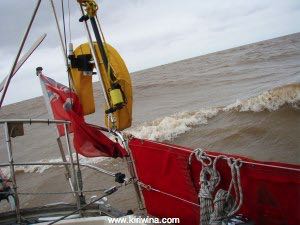
Progress was excellent with the log often indicating speeds in excess of 6 knots in winds averaging 25-28 knots. Very good for Kiriwina.
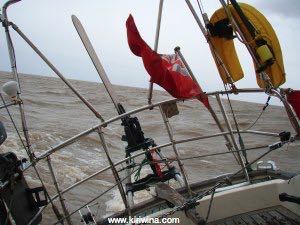
Tanker Mediator 2 in the channel off Buenos Aires with low rain cloud.
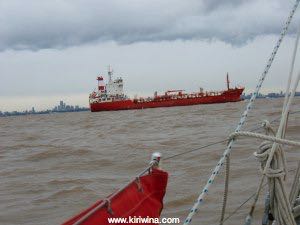
Canal Costanero, 2 metres under the keel, speed of 5.9 knots and 25 knots of wind.
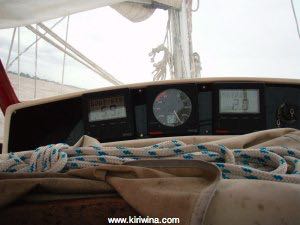
Buoy KM 21.7, Canal Costanero between Buenos Aires and the Rio Lujan. With the easterly wind holding up water levels there was a least a metre more depth than on the outbound leg on a rising tide.
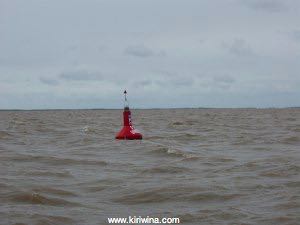
By 16:45 we were safely moored in CNV San Fernando just over 7 hours from Colonia having covered 36.7 miles. A very good passage time and much quicker than in March.
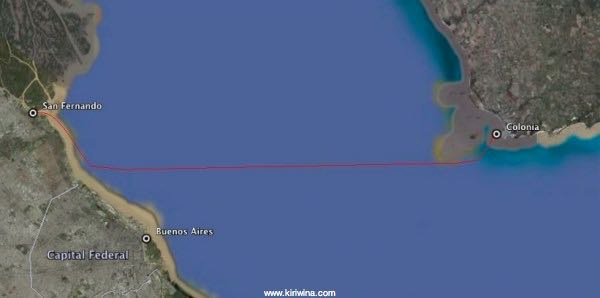
Previous
Day Sail - Colonia
There is some confusion on whether non Mercosur visitors arriving in Uruguay aboard yachts need to clear in with immigration. Today we were told this was necessary and received entry stamps.
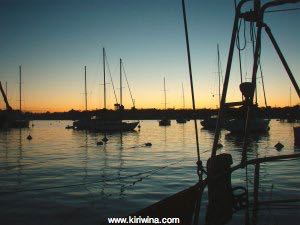
Back on board and chatting to Bram from the lovely Dutch yacht Duende when Jordan showed up with his two new friends Nair and Clara. We decided to go out for a day sail.
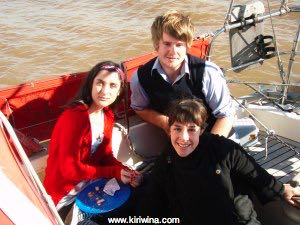
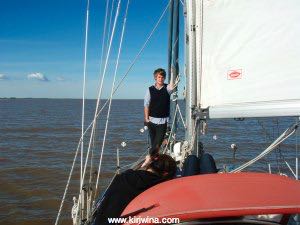
It was more of a day drift. There was very little wind so we ghosted along the coast for a couple of hours, had lunch on board and motored slowly back.
Jordan and friends went forward leaving the skipper to navigate.
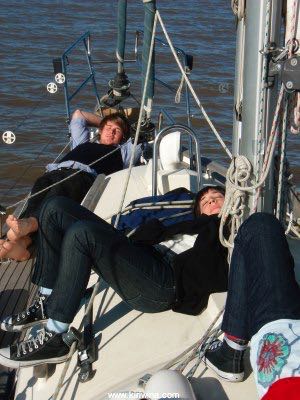
Nair and Clara.
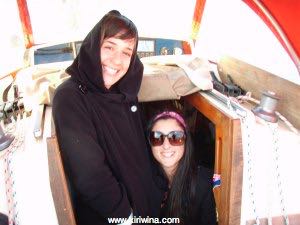
They caught the evening Buquebus back to Buenos Aires while Jordan and I enjoyed some Dutch hospitality on Duende.
next previous
Colonia - Bad Weather
Colonia Weekend Day 2
Colonia is a pretty little place and I took a quick walk around this morning before returning to CNV.
Most of the streets near the harbour are cobbled and the buildings well cared for. Colonia is a Unesco world heritage site.
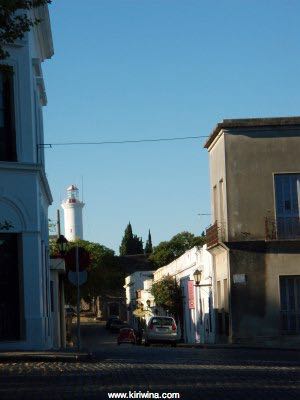
A calm Rio de la Plata.
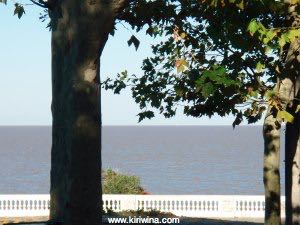
Tiled reproduction of an early French map of the Rio de la Plata.
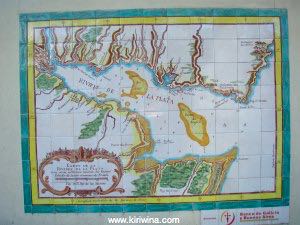
Lots of lovely tree lined streets.
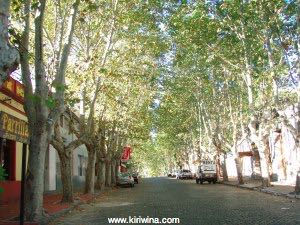
I dropped the mooring at 09:50 and had a good sail back until just after 13:00 when the wind died away. Sadly it was necessary to motor back to CNV where I arrived at 19:10.
Boats returning to the Rio Lujan from a very calm Rio de la Plata.
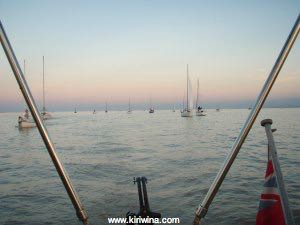
Colonia Weekend
I got under way at 08:00 and by 08:30 I had cleared the Rio Lujan, stopped the engine and was proceeding slowly under main and poled out yankee.
At first it was slow going in light winds but by about 10:30 the wind settled down to NW F3-4.
The argentine boats were all noticeably faster and cleared off into the distance. I think I was the last in after a relaxing uneventful sail across. I was all fast on a visitor buoy by 17:00 having covered some 35.29 miles (GPS track.)

Colonia to Buenos Aires
Approaching Colonia yacht harbour.
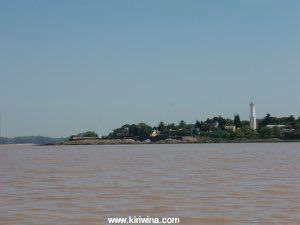
We picked up a mooring and took a water taxi ashore. Our sole reason for stopping was to clear out of Uruguay and have our passports stamped. This had not been possible in Buceo.
View from our mooring in Colonia.
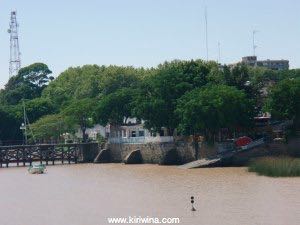
The main quay at Colonia.
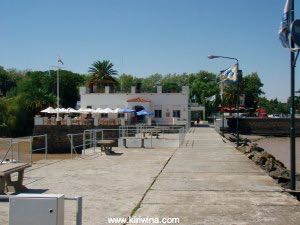
It was a lovely day and Colonia seems a very pretty spot..
Various views from around the town
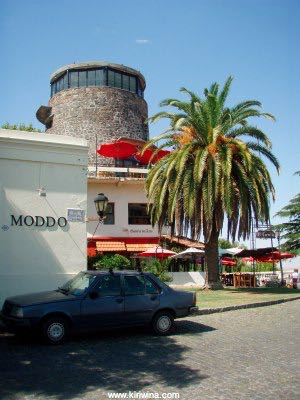
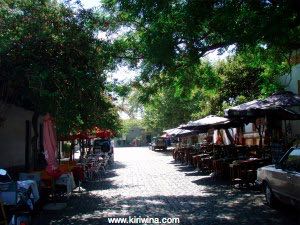
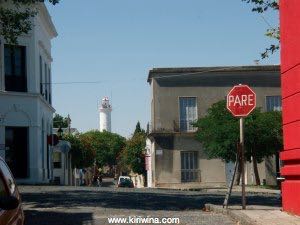
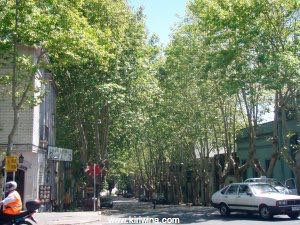
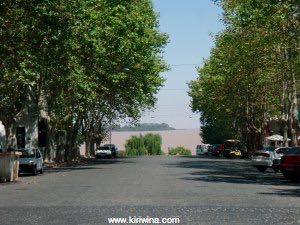
After getting our passports stamped we cleared out with the Prefectura who are based on what looks like an old WW2 US Navy tug. The Prefectura dog was very athletic.
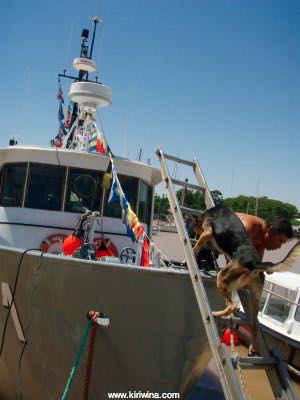
Then we dropped the mooring and were on our way.
Lots of insects en route.
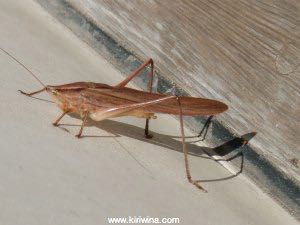
High speed Buquebus ferry from Colonia to Buenos Aires.
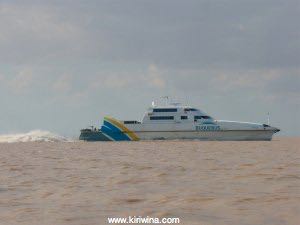
Late afternoon arrival at Puerto Madero in Buenos Aires. The swing bridge is just opening to allow access to Yacht Club Puerto Madero.
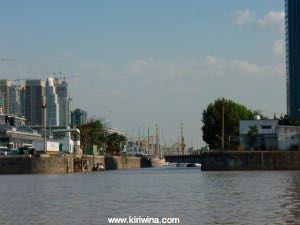
Outbound yachts leave first.
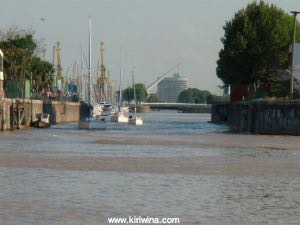
We then berthed without any problems.
A tranquil Puerto Madero from the yacht club service launch.
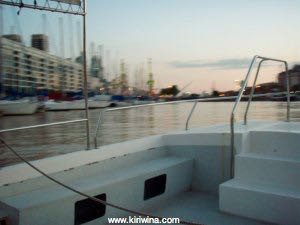
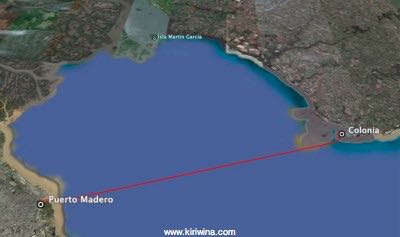
Montevideo to Colonia
With a good forecast we got away just after lunch with light winds and slight seas. It was again necessary to motor sail.
Montevideo from seaward. It was not far from this spot that the Graf Spee was scuttled.
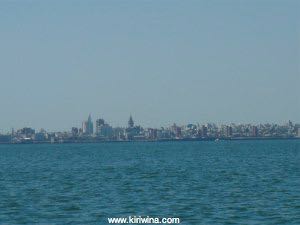
A fast Buquebus ferry en route from Buenos Aires to Montevideo.
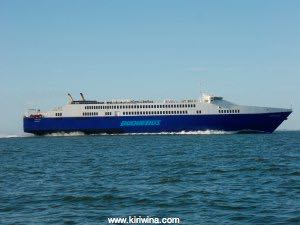
With very little help from the wind we had an uneventful trip overnight.
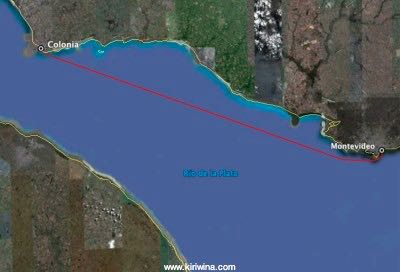
Montevideo
Walking back from the breakfast the wind looked to be strengthening from the wrong direction but Windfinder had predicted a favourable change.
We settled up with YCU, dropped our moorings and proceed out.
Colour contrast where sea water meets the fresh water River Plate.
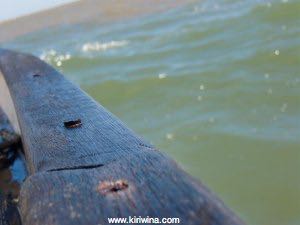
As we cleared Buceo harbour and rounded the next point it became obvious the forecast change had not taken place. We had around F6 on the nose.
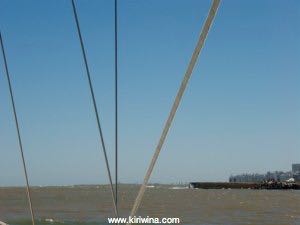
After an hour and a half of making very little progress towards Colonia motor sailing Gunter called a halt and we returned to Buceo. It was a good call as the Uruguayan met service was forecasting NW F7-8 overnight.
This time we berthed bow to on YCU concrete jetty. A marinero puts stern lines onto a buoy and then runs bow lines ashore. We then edged Cora Mae into a safe position where we could get ashore but not bang the jetty.

A very sad yacht in Buceo harbour.
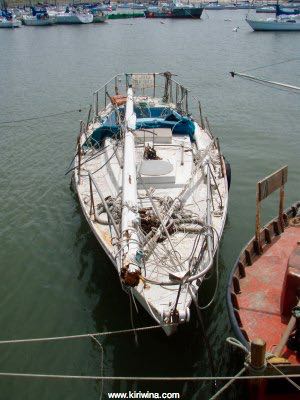
Montevideo
City centre park.
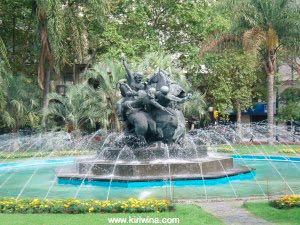
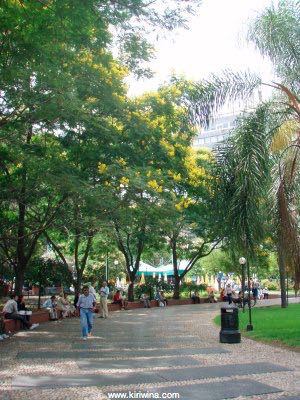
A wide variety of architectural styles.
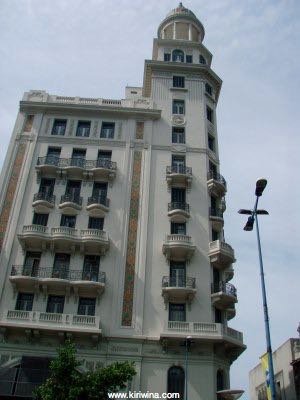
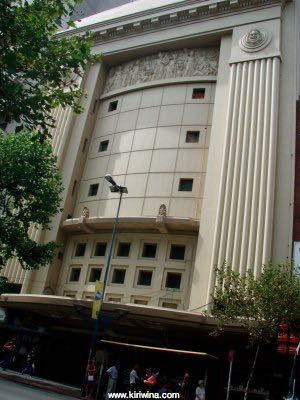
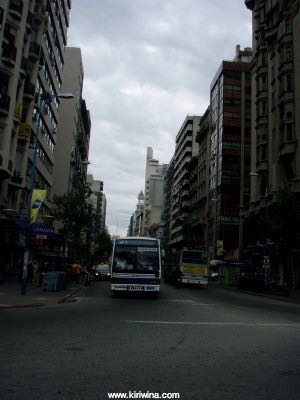
Lots of palms.
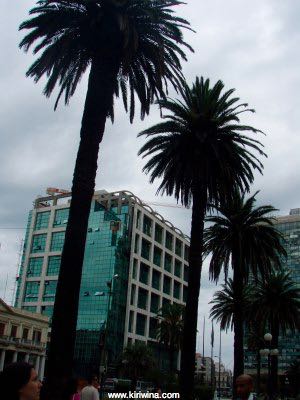
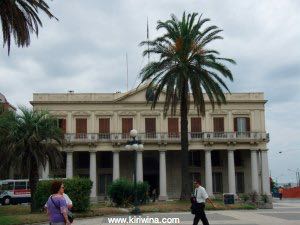
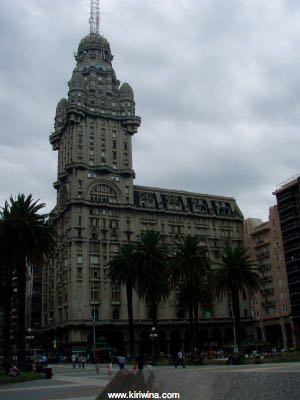
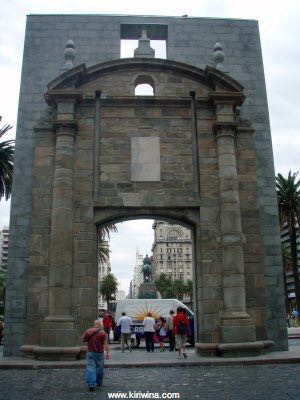
Newly restored office building.
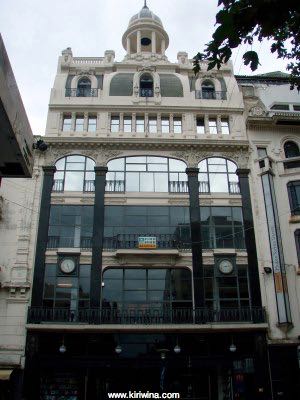
More parks.
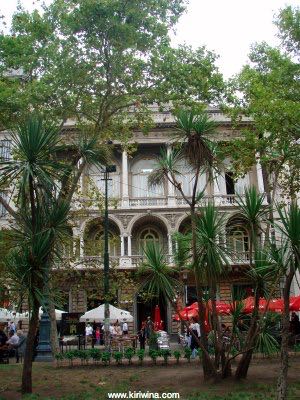
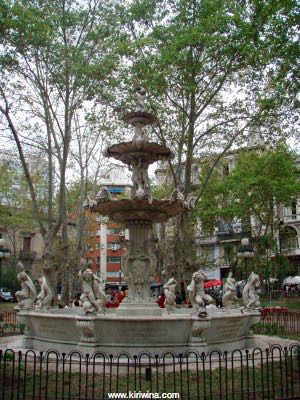
We moved on down to the port area.
Entrance to a naval compound.
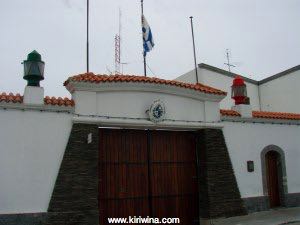
Port Administration building.
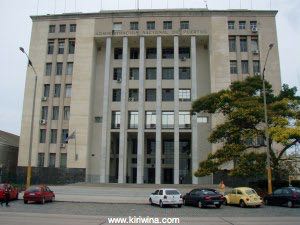
Uruguayan navy sail training ship.
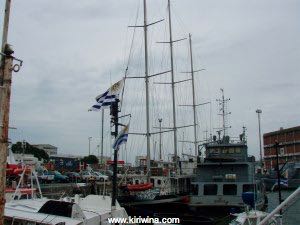
A big part of the Uruguayan navy.
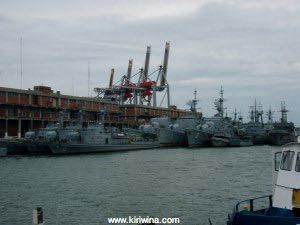
Naval administration building.
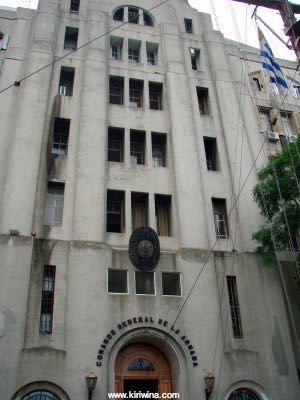
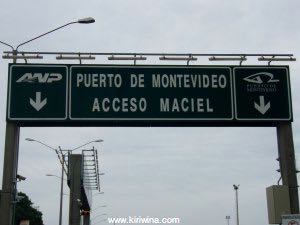
Montevideo carnival is only a week or so away. We stumbled upon this old warehouse where a selection of carnival floats were being prepared.
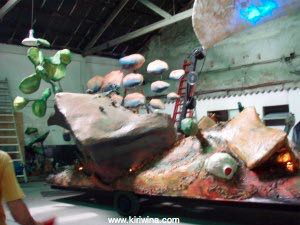
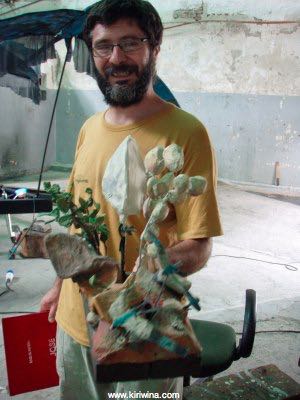
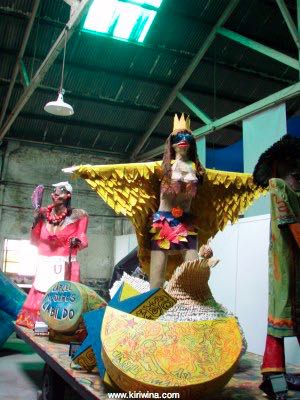
Back towards the city centre we came across the old market which is mnow mostly given over to parilla cafes and restaurants.
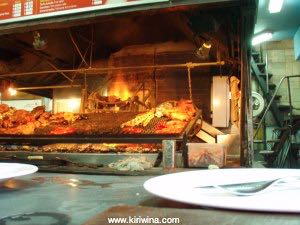
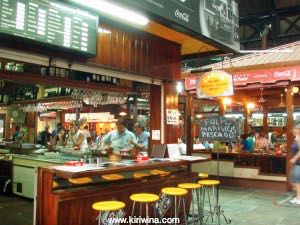
Meat, meat and more meat.
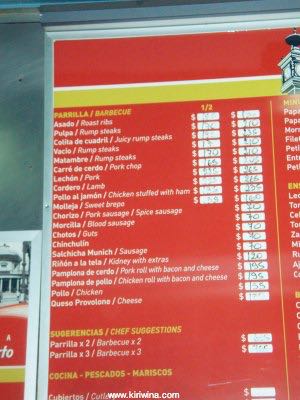
More pictures from around the city.
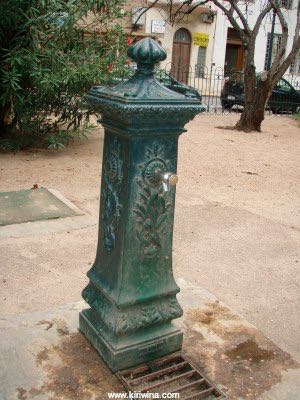
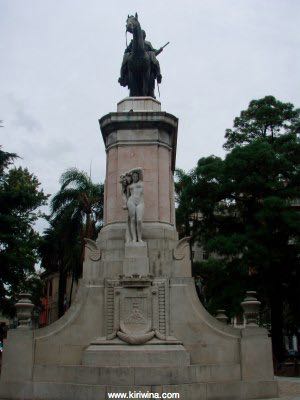
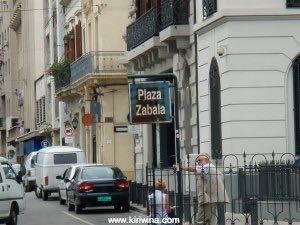
Yacht Club Uruguayo, Buceo, Montevideo.
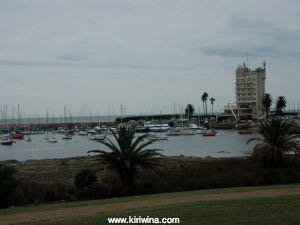
Piriapolis to Montevideo
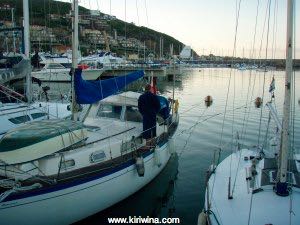
Two lovely Argentine wooden yachts nearby.
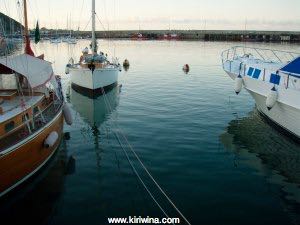
We left Piriapolis at 09:00 and motorsailed to Montevideo.
Lighthouse on Isla de Flores.
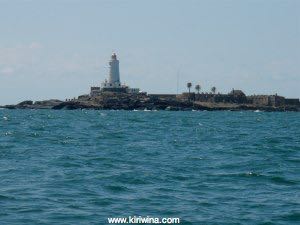
There was a strongish SE blowing when we arrived at Yacht Club Uruguayo. A helpful marinero assisted with fore and aft mooring to buoys and we went ashore in the club launch. The club is not actually in Montevideo but at the Port of Buceo, an eastern suburb of Monevideo.
We then went for a walk around the neighbourhood. Looks like a nice spot.
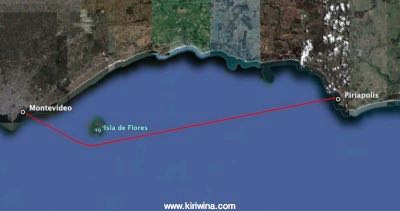
Piriapolis
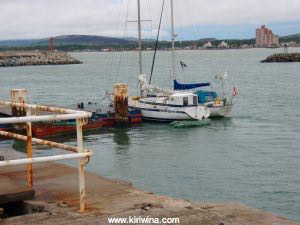
Actually there were three barges to cross en route to the shore.
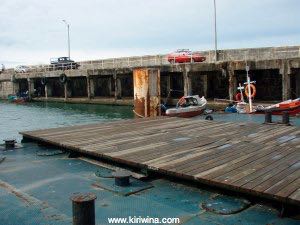
Then we had to pull in one of these little boats to get across to the quay.
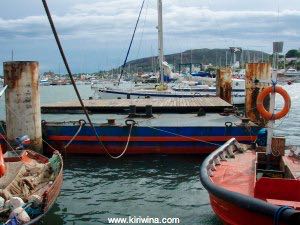
Then we tiptoed along these beams before climbing up through a hatch to the quay proper.
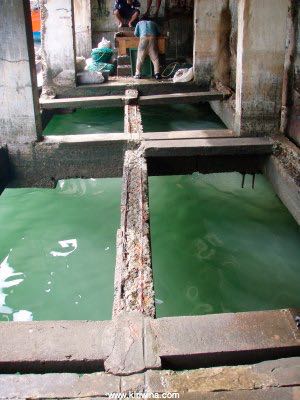
A chat with the Hidrografia indicated that we would be charged Ur$32 pesos for the barge mooring and Ur$62 pesos for a marina mooring when we moved. This we duly did. Berthing was bow to with stern lines run to two fendered buoys. The easiest way to moor was to nudge up to the dock, secure bow lines and then swim stern lines out to the buoys.
Afterwards we had a run ashore. Piriapolis is a resort town for Argentines with a nice big beach and a grand 30's style hotel. With Gunter busy on skype I walked to a nearby park on rising ground a few blocks inland from the sea.
Park entrance.
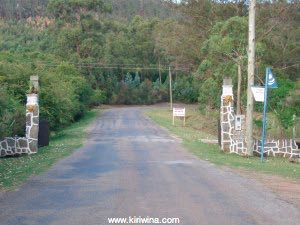
Lots of eucalypts.
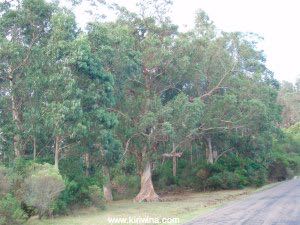
Bull sculpture and curious structure below.
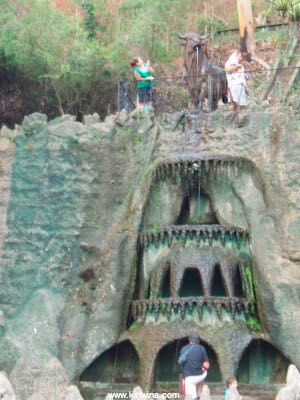
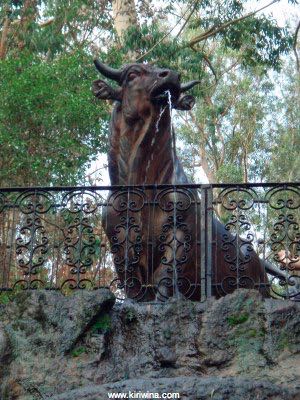
Above the bull a Jaguar?
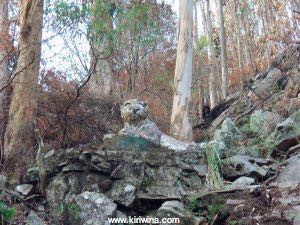
The view to seeward.
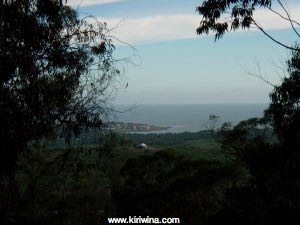
Sculpture access.
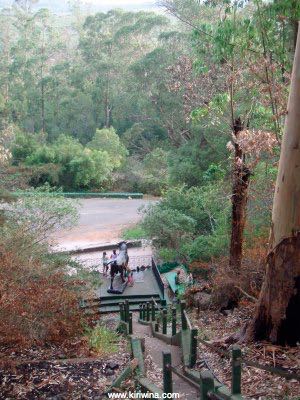
The bull, again.
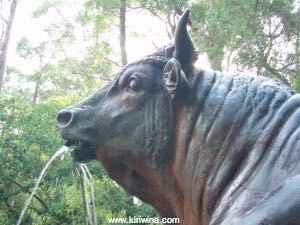
La Paloma to Piriapolis
Clearance formalities are slow. Everything is written by hand. We need to pay the Hidrografia for our berth and present a receipt to the Prefectura before being cleared from La Paloma.
A marinero assists with our departure at 08:15 and great care is needed to avoid hull damage from unfendered steel mooring buoys.
Outside the harbour a big swell is running with breakers each side of the approach channel. Once clear we had an uneventful motor sail to Piriapolis in light, variable winds.
Cora Mae motor sailing in calmish seas off Punta del Este.
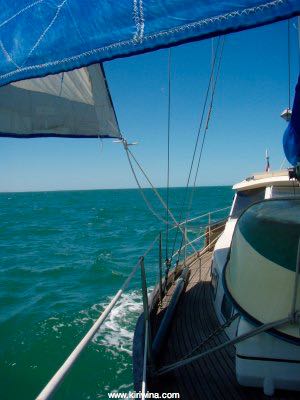
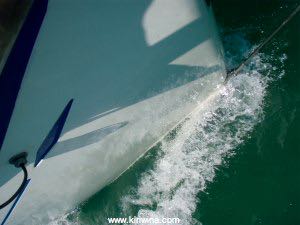
We arrived off Piriapolis at 20:30. Berthing arrangements were unclear and the marina appeared unmanned and full. Eventually, in fading light, we moored alongside a large Argentine yacht itself moored against an old barge.
Conditions had deteriorated with the manoeuvres being accomplished in a strongish northerly wind which made Gunter a bit nervous given that the Argentine yacht and barge were unfendered.
Getting ashore involved some acrobatics as we jumped from Cora Mae to yacht to barge to small fishing boat to derelict quay. Once ashore the Prefectura informed us that we would still have to pay for our ramshackle berth.
After two ports in Uruguay I am a bit underwhelmed at the cost and condition of mooring berths.
Days run: 71 miles.
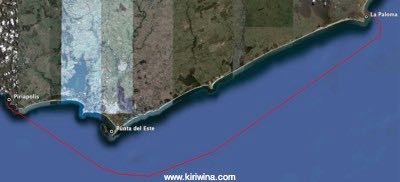
La Paloma
Gunter has been having problems with his Volvo Penta misfiring. It turned out to be a badly clogged fuel filter. Once that was changed the engine ran smoothly.
Back into town for lunch with Arturo and another walk around.
La Paloma
We put out another stern line to the buoy and added a midships spring.
Ominous sky over La Paloma harbour.
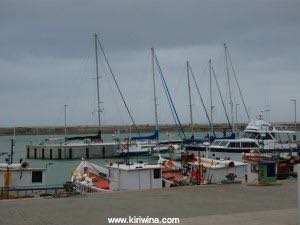
Cora Mae at her mooring in La Paloma.
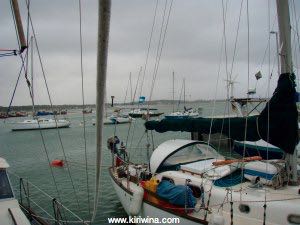
During another walk ashore we met Arturo and his family from Buenos Aires. Aturo is ex Argentine merchant navy and used to skipper deep see trawlers out of Ushuaia.
Later we topped up with diesel. The forecast is for strong SW winds followed by light north easterlies.
La Paloma
Some swell worked in and the boat bouncing a lot at her moorings. We had one line to a steel buoy astern and two bow lines ashore. The stern line was starting to chafe on the buoy.
La Paloma harbour looked pretty bleak and the shore facilities on offer were generally pretty poor. There was hot water in the showers though.
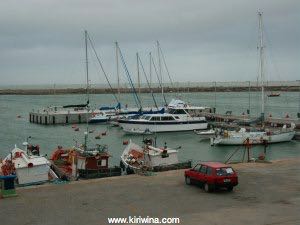
In the afternoon with the weather improving we went into town.
The town is quite small and looks rather tired. It is not, however, without its charms which include spectacular beaches which attract large numbers of mainly Argentine holiday makers.
It being more than 2km into town we rented a couple of bikes.
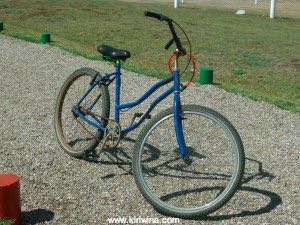
La Paloma lighthouse.
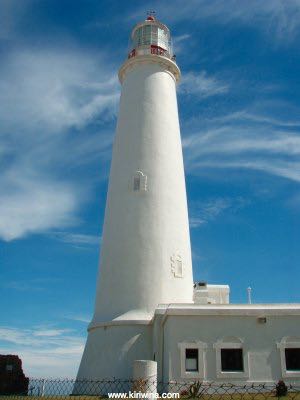
Looking north from the lighthouse along the rocky coast towards La Paloma harbour.
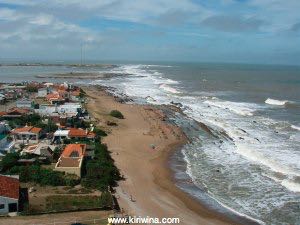
More rocky coast.
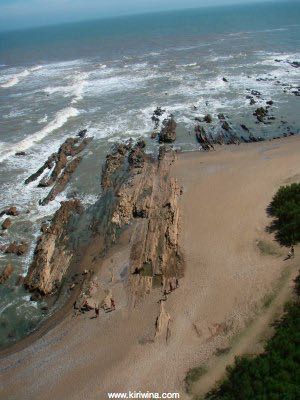
Looking south. The rocky coast gives way to a long sandy beach.
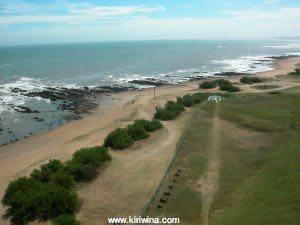
More from the lighthouse.
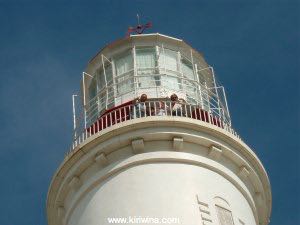
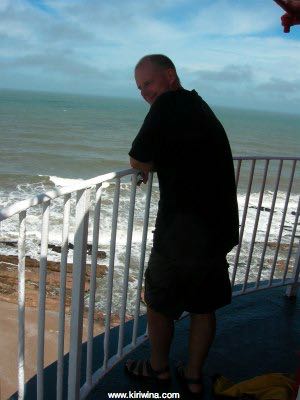
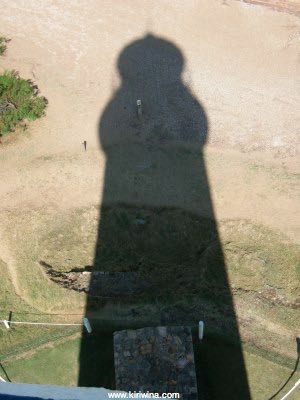
Interior lighthouse stairs.
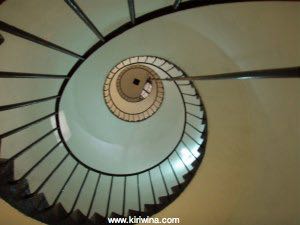
The first lighthouse keeper and his wife.
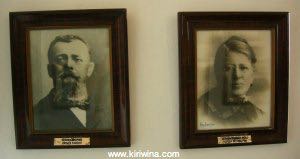
Sea lion ashore not far from the lighthouse.
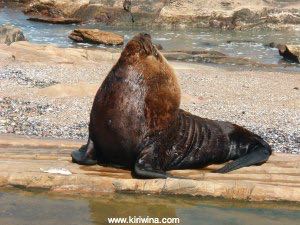
Gunter decided to pose with him.
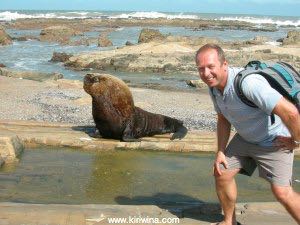
The sea lion was having none of it.
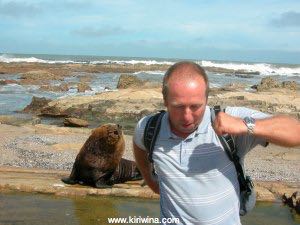
Whale skeleton.
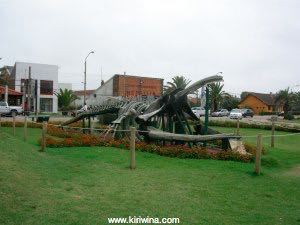
Unusual blue roof tiles.
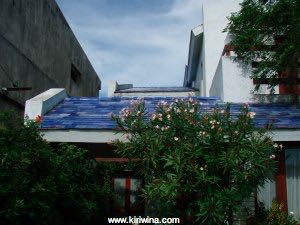
Main street La Paloma.
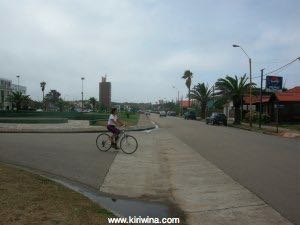
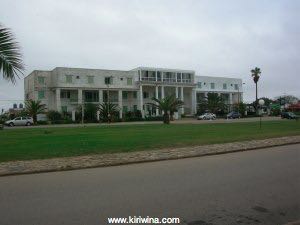
Self in the main street.
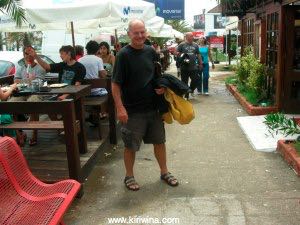
San Fernando to La Paloma
I was a bit concerned about Kiriwina on her mooring given the big changes in water level recently. We shall see.
Left CNV at 06:40 a 30 min walk up to Victoria station and after a short wait caught a train to Tigre where I arrived at 07:30. Baggage is checked onto the Cacciola ferry and the boarding queue was quite long. It was raining with strong SE winds before departure at 08:30.
It was a comfortable and fast trip across to Carmelo where we arrived at 10:50. Lots of Argentine boats on Hidrografia moorings along the bank of Arroyo de las Vacas in Carmelo
Ageing ferry dock in Carmelo.

More moorings near the old swing bridge.
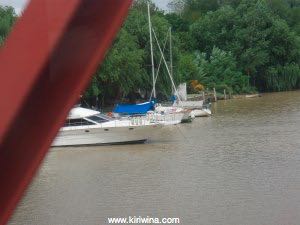
German built swing bridge at Carmelo.
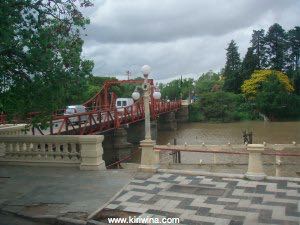
After about an hour the bus to Montevideo arrived. There were frequent heavy rain showers.
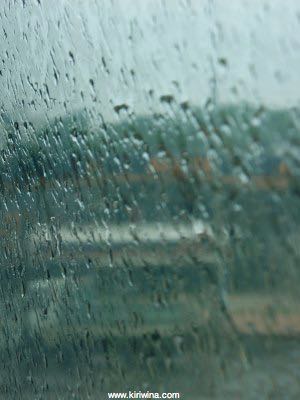
Montevideo en route to the bus station.
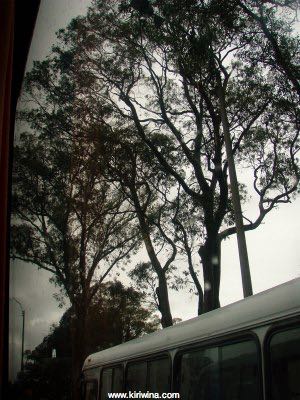
The bus was 30 minutes late in arriving at Montevideo at 15:00. I missed my connection and the next bus to La Paloma was not until 18:00.
En route Montevideo/La Paloma passing a new terminal being constructed at Montevideo's Carrasco airport.
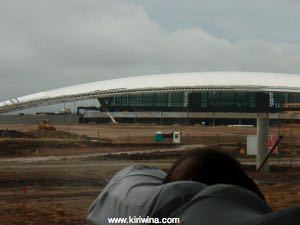
Frequent heavy rain en route to La Paloma where I arrived at 21:10 and took a taxi down to the dock to meet Gunter on Cora Mae. He wasn't there. Another taxi back into town where I found him in a cafe.
